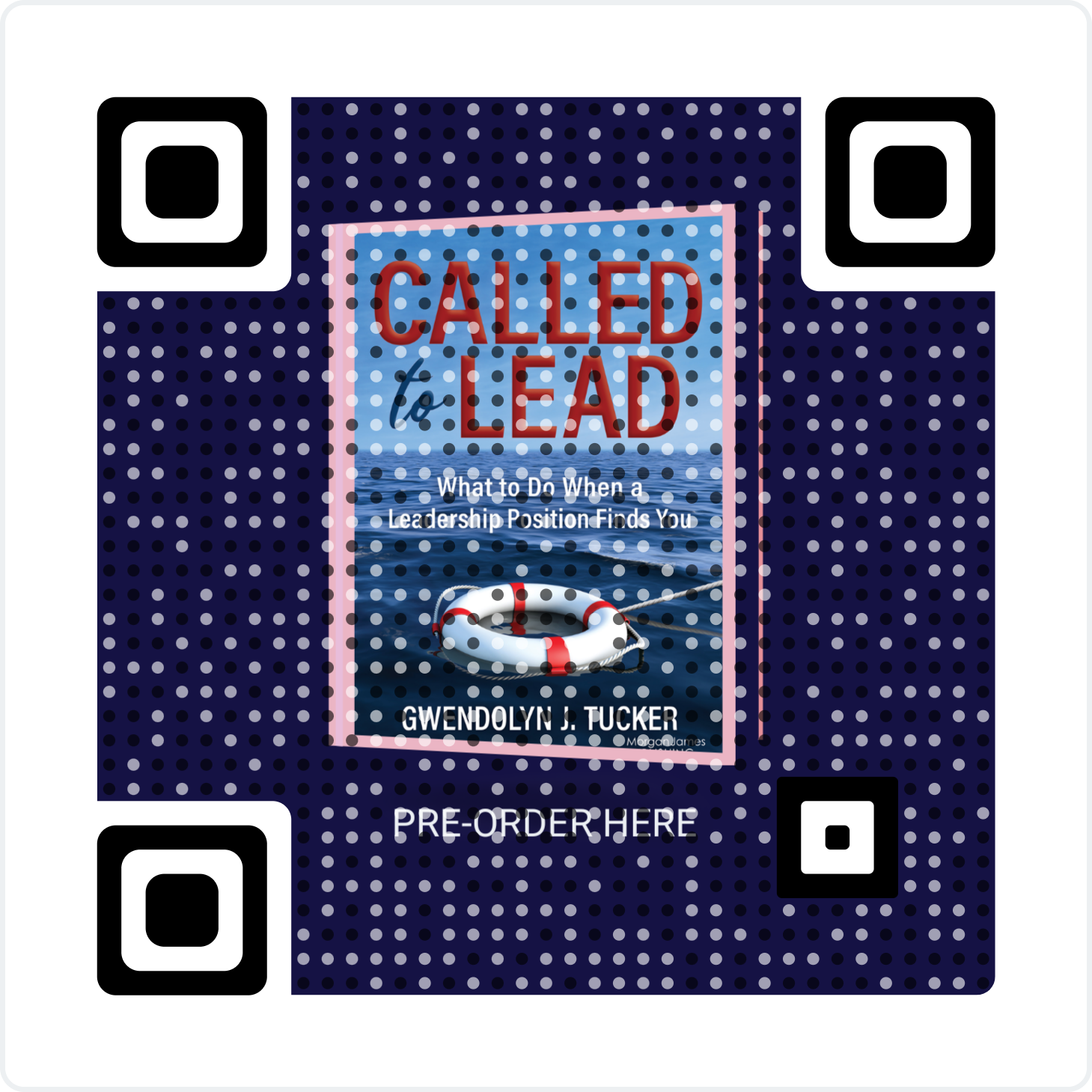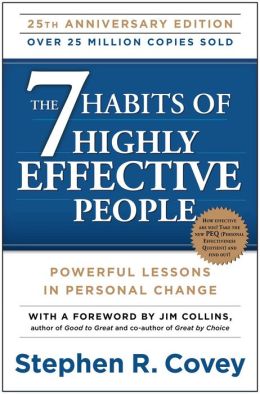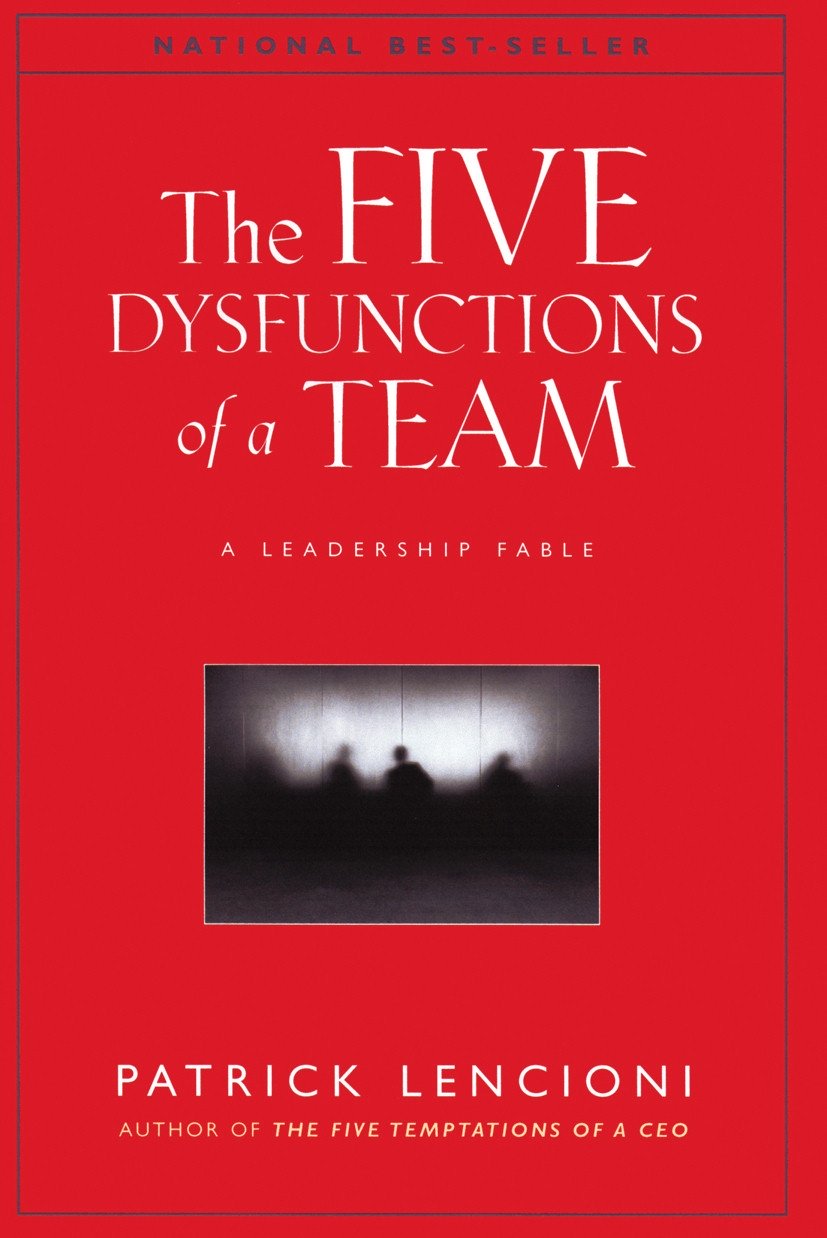Leadership and Personality Styles
Leadership and Personality Styles is focused on helping leaders understand how their style affects their ability to be effective in their role.
My favorite assessment is the Jung Typology, developed by Carl Jung and Isabella Briggs-Myers. If you have never taken this assessment, please consider doing so now.
A Note of Caution
As a note of caution: The purpose of this assessment is not intended for the purpose of labeling you or others. It is a springboard to understanding yourself and others.
And, indeed, understanding is a beautiful thing; especially, when you are charged with leading a group of individuals who must learn to work as a team.
Background
Once you complete the Jung Typology, you will receive a "Four Letter" type formula representing four dimensions:
|
|
These run along a continuum. Neither one is good or bad, that is why each can range in value from 0-100 (representing degrees to which your or either one or the other.
For example, my type is ENFJ, which means I have a preference towards Extroversion, Intuition, Feeling and Judging.
The Four Dimensions
Extraversion and Introversion
Prior to conducting much research on personality styles, I described an extrovert as outgoing and introvert as less so or shy.
In this case, extraversion and introversion simply describes the source from which one draws their energy: by being with others or retreating within to quietness and peace.
Sensing and Intuition
This dimension describes how one takes in information.
For the person who is sensing, they rely more heavily on what they can take in through their five senses. They tend to focus on what is practical, has a high respect for what is and what works.
The person described as intuitive has a tendency to speak in terms of possibilities, imagining what could be.
Thinking and Feeling
This dimension refers to how a person processes information.
Those described as "thinking" tend to be described as rational, cool and reserved. Whereas, those who are "feeling" tend to be warm and readable.
As it relates to conflict, "thinking" types tend to be invigorated by it, while those who are "feeling" types tend to resist it.
Judging and Perceiving
This dimension speaks to how a person makes decisions and how much information is needed before a decision will be made.
Those with the tendency for Judging makes decisions rather quickly. The person decribed as "Perceiving" often likes to explore the options and may be slow to make a decision.
Leadership and personality styles can "clash" in this area, especially if the leader and follower differ significantly in how they make decisions.
Application
See how Leadership and Personality Styles can help support your efforts in building a high performing team.
- Contact Coach Gwen
- Go to Home.
Improve Your Relationship with Your Boss
Are you looking to improve your relationship with your boss? If so, the Boss Relationship Worksheet will help you better understand and communicate more effectively with your immediate supervisor.
To download your copy, submit your information on the form below.
After completing the Boss Relationship Worksheet, you will find that the following will prove helpful in showing you how to cultivate a better working relationship with your boss:
 |
I published my first book and I am beyond excited.
Get your FREE copy of Called to Lead!
ORDER PRINT HERE
Leaders don't
create
followers.
Leaders
create
other
leaders.
- Tom Peters













